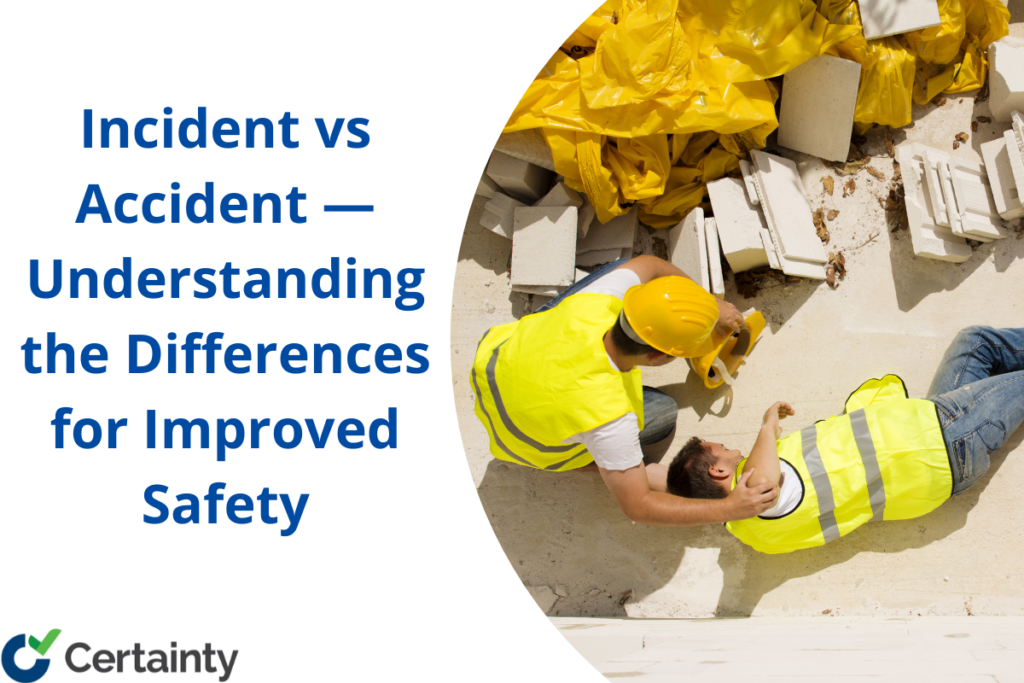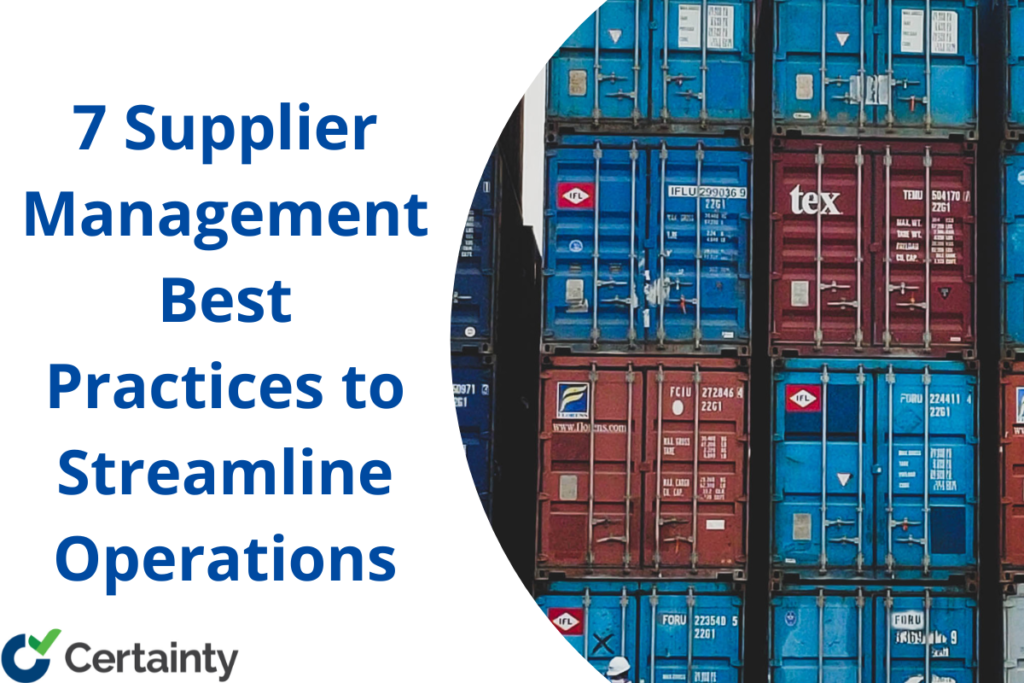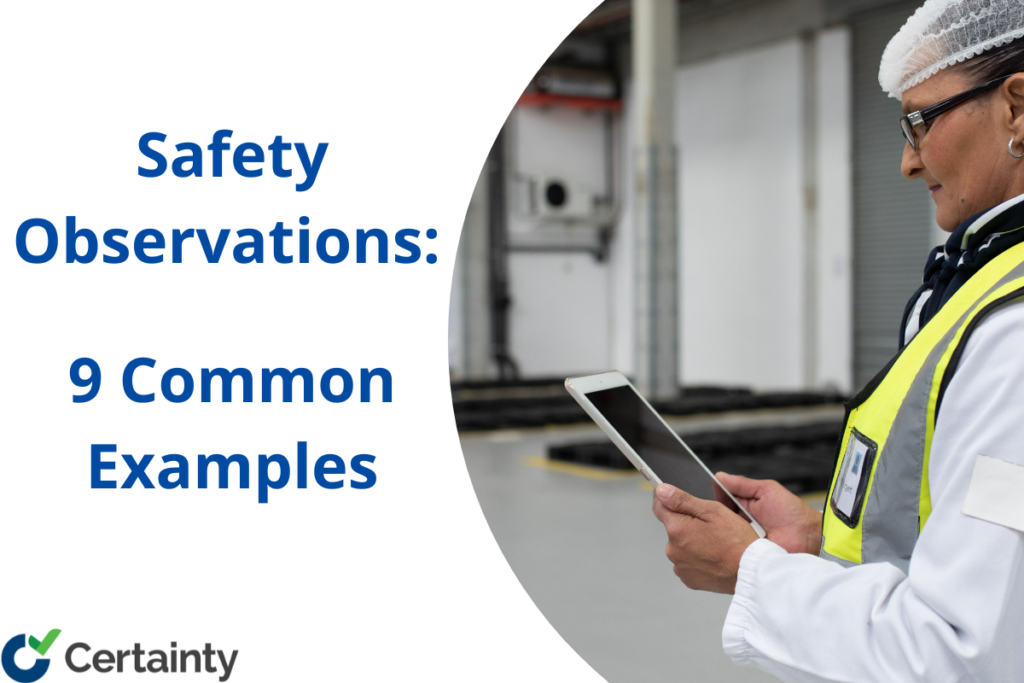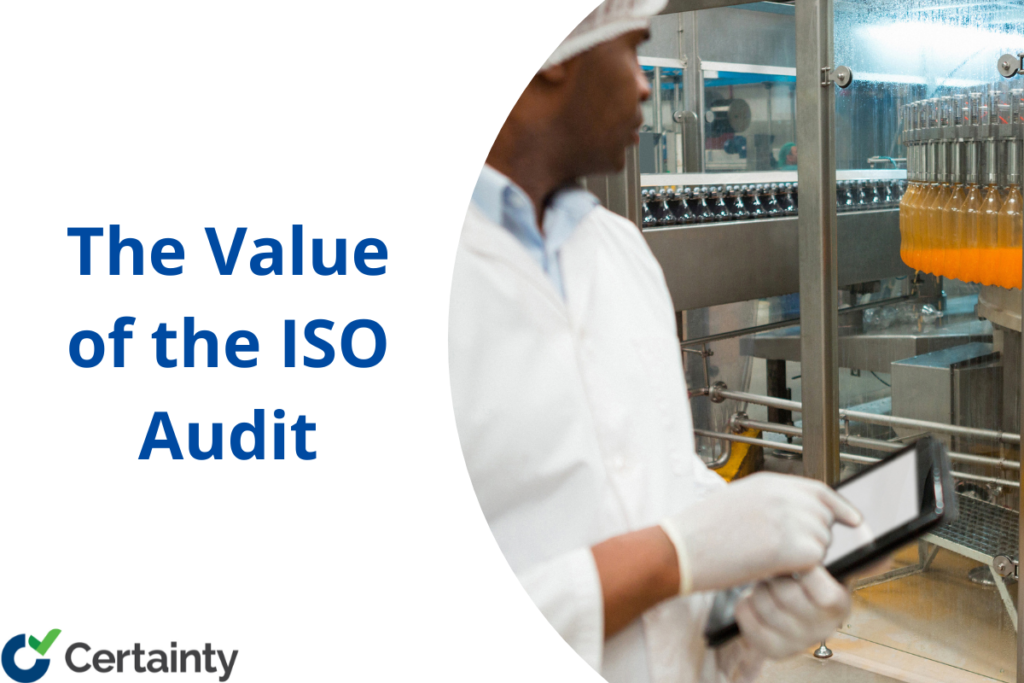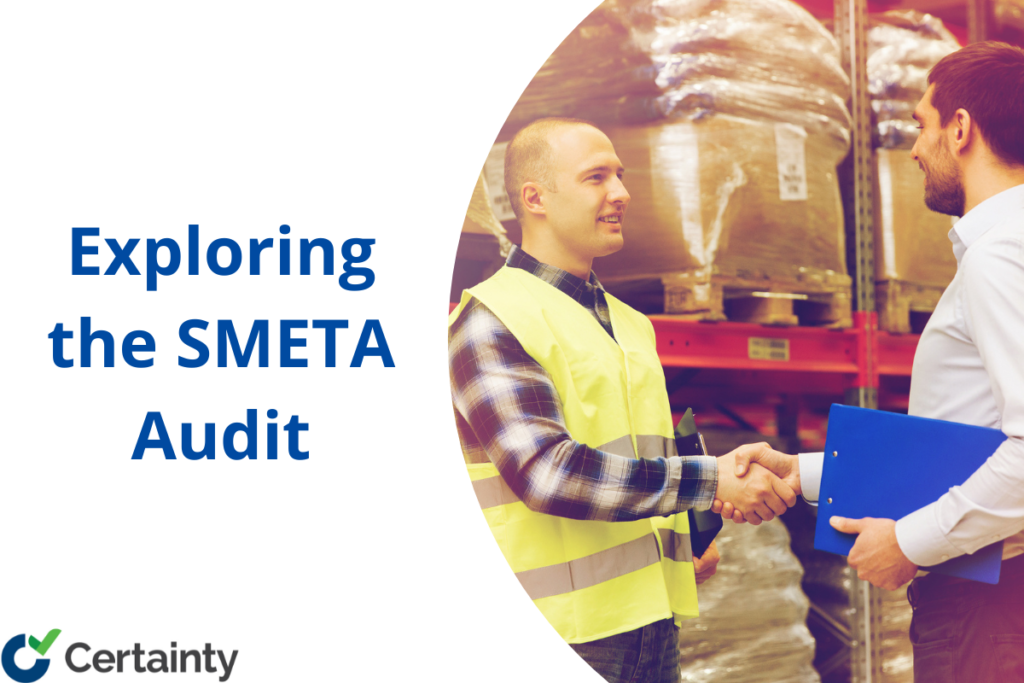The supply chain management landscape has changed significantly over the past two years. As noted by Supply Chain 24/7, 84% of enterprise CFOs now see supply chain disruptions as moderate or severe risks. And even if suppliers don’t experience shortages or work stoppages, getting goods where they’re going is more expensive.
Transportation costs may increase by 600% compared to pre-pandemic levels. This increase is dependent on the origin and destination of goods, as well as the mode of transportation used.
The result? Supplier diversification. Companies, large and small, now understand the danger of relying on one supplier and have started using multiple suppliers. With more suppliers, however, comes more complexity, in turn creating a need for more robust supplier management. […]
Read article →

